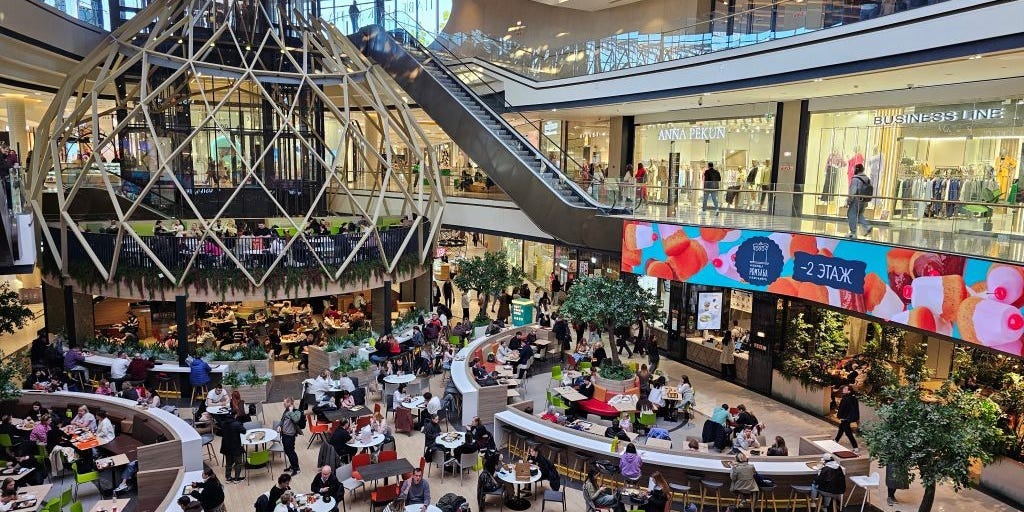Surging Consumption in Russia Despite War and Sanctions: An Overheated Economy Booms
In a striking display of economic resilience, Russia has experienced a significant uptick in consumption per capita, which has surged over 20% from 2021 to 2023. This spending spree occurs against the backdrop of heightened economic activity driven primarily by wartime state expenditures.
The Financial Landscape
Amid an economic environment characterized by an overheated economy, Russia achieved a 3.6% GDP growth in the past year. The unemployment rate plunged to a historic low of 2.6% in April, significantly influenced by a labor shortage as many men headed to the frontlines of the ongoing war with Ukraine. This labor crunch has subsequently driven up wages, contributing to an annual inflation rate exceeding 9%, starkly above the central bank’s 4% target.
In response, Russia’s central bank has taken aggressive measures to curb inflation, most recently hiking interest rates from 16% to 18%. "The GDP growth rates remained high in 2024 Q1 and Q2, while inflation was accelerating. This suggests that overheating in the economy has remained considerable," stated Elvira Nabiullina, the Russian central bank governor, during the latest rate hike announcement.
Factors Fueling the Economic Boom
Despite extensive Western sanctions following Russia’s full-scale invasion of Ukraine in February 2022, the Russian economy has not only endured but appears to be fortified, benefitting from extensive wartime state spending on military activities and subsidies.
Russians are indulging in a spending boom that has sent prices skyrocketing. This penchant for spending is reflected across various sectors: tourism spending has surged by over 90%, and significant increases have also been noted in spending on culture, hotels, transportation services, and personal services.
"Everyone who is upper-middle class, they’re just enjoying a really good life," said Sergei Ishkov, a Moscow investor and entrepreneur, illustrating the tale of a local resident flaunting photos of a pet lion.
Widespread Economic Implications
Bartosh Sawicki, a market analyst at fintech Conotoxia, noted that Russia’s consumption surge is fueled by massive budget spending and labor shortages, which lead to strong wage pressures. However, he remarked that military expenditures, which make up about 7% of GDP, are resulting in "serious macroeconomic imbalances."
Nabiullina reinforced these concerns, emphasizing that Russia’s GDP is projected to grow between 3.5% and 4% this year, but this growth rate is expected to decelerate to between 0.5% and 1.5% next year. She warned that high-interest rates might be maintained as long as necessary to bring inflation back to the targeted range, and further rate hikes might be on the horizon to mitigate economic risks.
"Labour force and production capacity reserves have been almost exhausted," Nabiullina remarked, suggesting that resource shortages might stall economic growth regardless of any demand-stimulation attempts. Such attempts could potentially exacerbate inflation, leading to a "stagflation scenario that could only be stopped through a deep recession."
The Russian central bank’s forthcoming meeting on September 13 will be closely watched, as further economic measures may be implemented to navigate these turbulent times.
For more information on the latest developments, visit the Bank of Russia official website.
